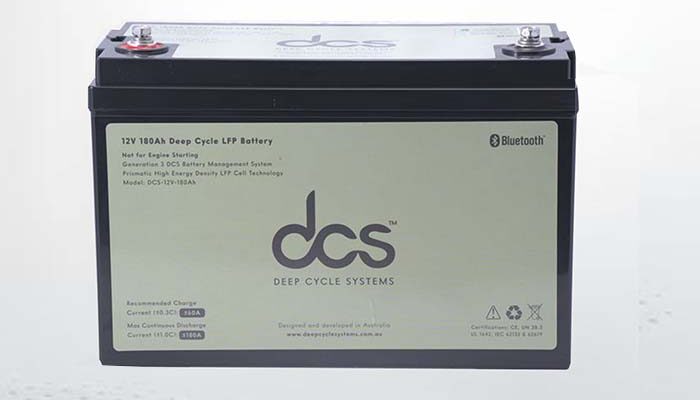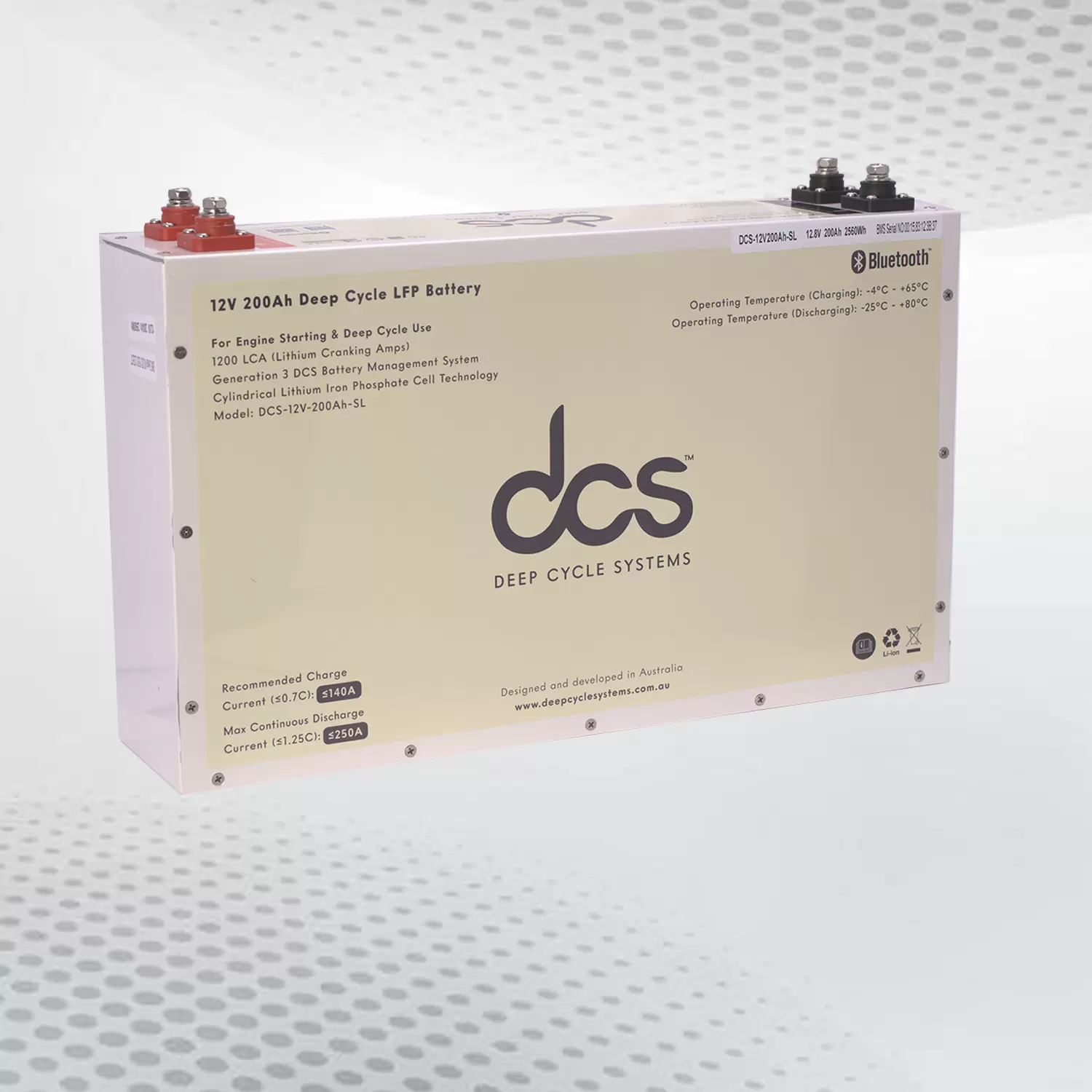When it comes to performance vehicles, even the smallest components play a significant role in their overall functionality. Take the Mitsubishi Outlander, a versatile SUV that combines comfort with power. One often overlooked piece of this intricate puzzle is the intercooler hose. This unassuming rubber tube might not grab headlines, but it’s vital for maintaining efficiency and keeping your engine cool under pressure. If you’re an Outlander owner or intrigued by automotive mechanics, understanding the importance of your Mitsubishi Outlander Intercooler Hose can elevate your vehicle’s performance.
Understanding the Intercooler Pipe
The intercooler pipe is a crucial component in your Mitsubishi Outlander’s turbocharging system. It connects the turbocharger to the intercooler, allowing compressed air to flow smoothly into the engine. This simple yet vital piece ensures cooler, denser air reaches your engine for optimal combustion.
When the turbocharger compresses air, it heats up. Without proper cooling, this hot air can decrease efficiency and performance. That’s where the intercooler comes into play—it cools down that heated air before it enters your engine via the intercooler pipe. The lower temperature increases oxygen density, which enhances fuel combustion.
A well-maintained intercooler hose helps prevent pressure drops and maintains airflow efficiency. Any leaks or damage can reduce power output and poor fuel economy—not what you want from your vehicle!
Understanding how these components work together allows you to monitor their condition better over time. Regular checks can save you headaches down the road.
Whether you’re an automotive enthusiast or just someone who wants their Outlander to perform at its best, grasping how this essential part functions can lead to improved maintenance decisions.
Improving Functionality with an Intercooler Pipe
The Mitsubishi Outlander is a well-rounded vehicle, but enhancing its performance can take your driving experience to the next level. One key component in achieving this is the intercooler pipe. A high-quality intercooler pipe is crucial in optimising airflow and cooling efficiency.
You’ll notice immediate benefits when you upgrade to an aftermarket intercooler pipe. These pipes are often constructed from lightweight materials that improve overall engine response. The smoother design allows for less turbulence, which means air flows more freely into the engine.
This better airflow translates into improved horsepower and torque—an exhilarating enhancement for those who crave a sportier drive. Additionally, it helps keep temperatures in check during demanding situations like towing or off-road adventures.
Upgraded options also offer durability; they’re designed to withstand higher pressure and temperature variations than stock parts. This longevity ensures consistent performance over time without frequent replacements.
Investing in an intercooler pipe boosts functionality and contributes to fuel efficiency by allowing your engine to work smarter—not harder—to deliver power when you need it most.
Steps to Replace the Intercooler Pipe
Replacing the intercooler pipe in your Mitsubishi Outlander can be a rewarding DIY project. First, gather your tools: you’ll need a socket set, pliers, and possibly some clamps. Make sure to have safety gear on hand too.
Begin by disconnecting the battery. This step is crucial for preventing electrical mishaps while working under the hood. Next, locate the intercooler pipe; it typically runs from the turbocharger to the throttle body.
Once found, use your pliers or socket wrench to loosen any clamps holding it in place carefully. Disconnecting these requires patience—don’t rush! Gently wiggle and pull until it comes free without damaging surrounding components.
Now that you’ve removed the old pipe inspect its condition. Any cracks or wear could lead to performance issues down the line. If everything looks good with your new intercooler hose, position it correctly and secure it tightly with clamps.
Double-check all connections before reconnecting your battery and starting up your vehicle. A smooth ride awaits as you hit the road again with confidence!
Testing the Mitsubishi Outlander Intercooler Pipe
Testing the Mitsubishi Outlander intercooler pipe is essential to ensure your vehicle performs at its best. Start by visually inspecting the pipe for wear, cracks, or leaks. A thorough look can reveal issues that might not be immediately obvious.
Next, you’ll want to check for air pressure using a smoke test. This method involves introducing smoke into the system and watching where it exits. If you see smoke escaping from any joints or cracks in the intercooler pipe, you’ve found a potential problem area.
Another effective method is to use a boost leak tester. By applying pressure to the intake system while monitoring gauge readings, you’ll know if there’s an issue with the integrity of your intercooler hose. Keeping track of these numbers ensures everything’s functioning within optimal parameters.
Remember to listen carefully while driving! Unusual sounds like hissing or whistling could indicate that air is leaking somewhere along your intercooler path—definitely something worth investigating further.
Regular testing helps maintain the performance and longevity of your Mitsubishi Outlander’s engine components, ensuring smoother rides ahead without unexpected surprises on the road.
When to Seek Professional Help for Intercooler Pipe
Sometimes, tackling car repairs alone can feel like an exciting challenge. However, knowing when to call in the pros is key to the Mitsubishi intercooler hose. If you notice significant performance issues or unusual noises emanating from your engine bay, it’s time to seek help.
If you’ve attempted a DIY replacement but still face problems like leaks or poor acceleration, don’t hesitate. An experienced mechanic can pinpoint underlying issues that may have gone unnoticed. They possess diagnostic tools and expertise that can save you time and frustration.
Precision is paramount when dealing with turbocharged engines. The intercooler pipe plays a critical role in maintaining optimal temperatures and pressure levels within the system. A small oversight could lead to costly damage later.
A lack of experience with hoses and fittings could also indicate it’s best left to professionals. Misalignments or improper connections might not seem severe initially but can escalate quickly into major headaches.
If you’re unsure about any part of the repair process—don’t risk it! Trusting a skilled technician ensures peace of mind while keeping your Mitsubishi Outlander running smoothly for years ahead.
Repairing the Intercooler Pipe
Repairing the intercooler pipe in your Mitsubishi Outlander can be a rewarding experience. It’s not just about fixing a component; it’s about enhancing performance and ensuring longevity. A damaged hose can lead to poor engine efficiency, so it’s wise to tackle repairs proactively.
First, locate the exact area of damage on your intercooler pipe. Look for cracks or leaks that could affect airflow. Sometimes, cleaning the surface can reveal hidden issues you might’ve missed at first glance.
Once identified, assess whether a patch will suffice or if it’s time for replacement. Patch kits are widely available and easy to use for minor leaks but remember: these solutions are often temporary.
For more significant wear and tear, consider investing in high-quality aftermarket options designed specifically for your vehicle’s needs. These products often boast enhanced materials that withstand heat better than stock versions.
Always ensure you follow proper procedures when reinstalling any repaired parts. Tighten clamps adequately, but avoid overtightening; this could cause new problems down the road. Every careful step counts toward maintaining your Outlander’s peak performance.
Factors to consider when selecting an Intercooler Pipe
The material is crucial when selecting an intercooler pipe for your Mitsubishi Outlander. Options like aluminium, silicone, and rubber have different benefits and drawbacks. Aluminium pipes are durable but can be more expensive. Silicone offers flexibility and resistance to high temperatures.
Next up is the size of the pipe. A properly sized intercooler hose ensures optimal airflow from the turbocharger to the engine. Too big or too small could result in inefficiencies that hamper performance.
Pay attention to compatibility as well—your chosen pipe must fit perfectly with your vehicle’s make and model specifications. Mismatched components can lead to leaks or other issues down the line.
Don’t overlook design features like bends and fittings! Smooth curves will help maintain airflow while reducing turbulence, positively affecting engine efficiency.
Consider brand reputation. Established brands often assure quality through rigorous testing standards. Research customer reviews for insights into durability and performance before deciding on your Mitsubishi intercooler hose choice.
Conclusion
Understanding the intercooler hose is crucial to enhancing the performance of your Mitsubishi Outlander. This component plays a pivotal role in managing air temperatures and ensuring optimal engine efficiency. A well-maintained intercooler hose can significantly boost your vehicle’s power. Choosing the right Mitsubishi Outlander intercooler hose isn’t just about brand; it’s about quality and compatibility, too. An upgrade can lead to noticeable improvements in throttle response and overall driving experience. Remember that every detail counts when it comes to tuning your ride.
FAQS
What is a Mitsubishi Outlander intercooler hose?
The Mitsubishi Outlander intercooler hose or pipe connects the turbocharger to the engine’s intake system. Its primary function is to carry compressed air from the turbo to the intercooler and then into the engine for combustion.
How often should I replace my intercooler pipe?
Replacement intervals depend on driving conditions and maintenance habits. However, inspecting it regularly every 30,000 miles is a good practice.
What signs indicate a failing intercooler pipe?
Look out for symptoms like decreased performance, unusual hissing sounds, visible leaks around connections, or warning lights on your dashboard.
Can I install an aftermarket intercooler pipe myself?
Yes! Installing an aftermarket pipe can be straightforward with basic mechanical skills and tools. Just ensure you follow specific guidelines relevant to your vehicle model.
Is upgrading my intercooler hose worth it?
Upgrading can improve airflow efficiency and overall engine performance. It’s especially beneficial if you want enhanced power output in modified vehicles.
Where should I purchase a replacement or upgrade part?
Choose reputable suppliers specialising in automotive parts—local auto shops or trusted online retailers known for quality products tailored specifically for Mitsubishi vehicles.
Understanding these aspects of your Mitsubishi Outlander’s intercooler hose will help you maintain its performance effectively while ensuring longevity and reliability on every drive.
| Related Business Listings |
| Contact Directory |
| Local Business Profiles |




